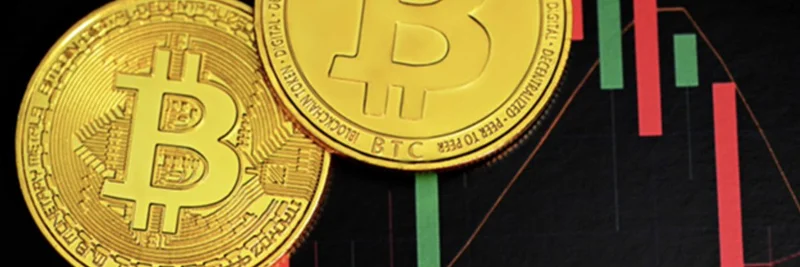In the fast-paced world of blockchain development, especially when it comes to meme tokens on Solana, reliability is key. Recently, Jacob Creech, Head of Developer Relations at the Solana Foundation, shared a tweet highlighting the power of testing in catching potential issues early. Let's dive into what happened and why it matters for anyone building or trading meme coins.
Jacob's post emphasized his growing appreciation for tests, noting that Anchor's Continuous Integration (CI) system spotted a regression in Rust version 1.89 and the upcoming solana-program 3.0 library. For those new to these terms, Anchor is a popular framework that simplifies writing smart contracts (also called programs) on the Solana blockchain. It's like a toolkit that makes development faster and safer. Rust is the programming language Solana uses for its core and programs, known for its speed and memory safety. A "regression" here means a bug that sneaks back into the code after it was fixed, potentially breaking things that used to work.
Thanks to Anchor's robust testing setup, the team identified and fixed these issues before they could affect developers. This is huge because Solana hosts a massive ecosystem of meme tokens—think fun, community-driven coins like those inspired by internet trends. Developers often deploy these quickly to capitalize on hype, but without solid tools, bugs could lead to exploits, lost funds, or failed launches.
Why Testing Matters for Meme Token Creators
Imagine you're a dev whipping up a new meme coin on Solana. You rely on libraries like solana-program to interact with the blockchain. If a new version introduces a regression, your code might compile but fail at runtime, causing delays or worse. Anchor's CI acts as a safety net, running automated tests on every change to ensure everything works as expected.
In the replies to Jacob's tweet, the community echoed this sentiment. One user joked about being "bullish on tests," while another highlighted their own commitment to Test-Driven Development (TDD), where you write tests before the actual code. It's a reminder that even in the wild world of memes, professional practices keep things running smoothly.
For meme token enthusiasts, this means more stable platforms. Projects built on Solana can update to newer Rust versions without fear, incorporating performance improvements that make transactions faster and cheaper—perfect for high-volume meme trading.
Broader Implications for the Solana Ecosystem
Solana's focus on developer experience is a big reason why it's become the go-to chain for meme coins. Tools like Anchor reduce the barrier to entry, allowing creators to focus on innovation rather than debugging obscure errors. By catching these regressions early, the Solana team prevents widespread disruptions, maintaining the chain's reputation for speed and reliability.
If you're getting into meme token development, start by checking out Anchor on the official Solana docs. It's user-friendly and comes with built-in testing features that could save you hours of headache.
Events like this underscore the importance of community and open-source collaboration in blockchain. As Solana evolves, expect more wins like this that indirectly boost the meme economy.
Stay tuned to Meme Insider for more updates on how tech advancements are shaping the meme token landscape. Whether you're a dev or a trader, understanding these behind-the-scenes fixes helps you navigate the space smarter.


